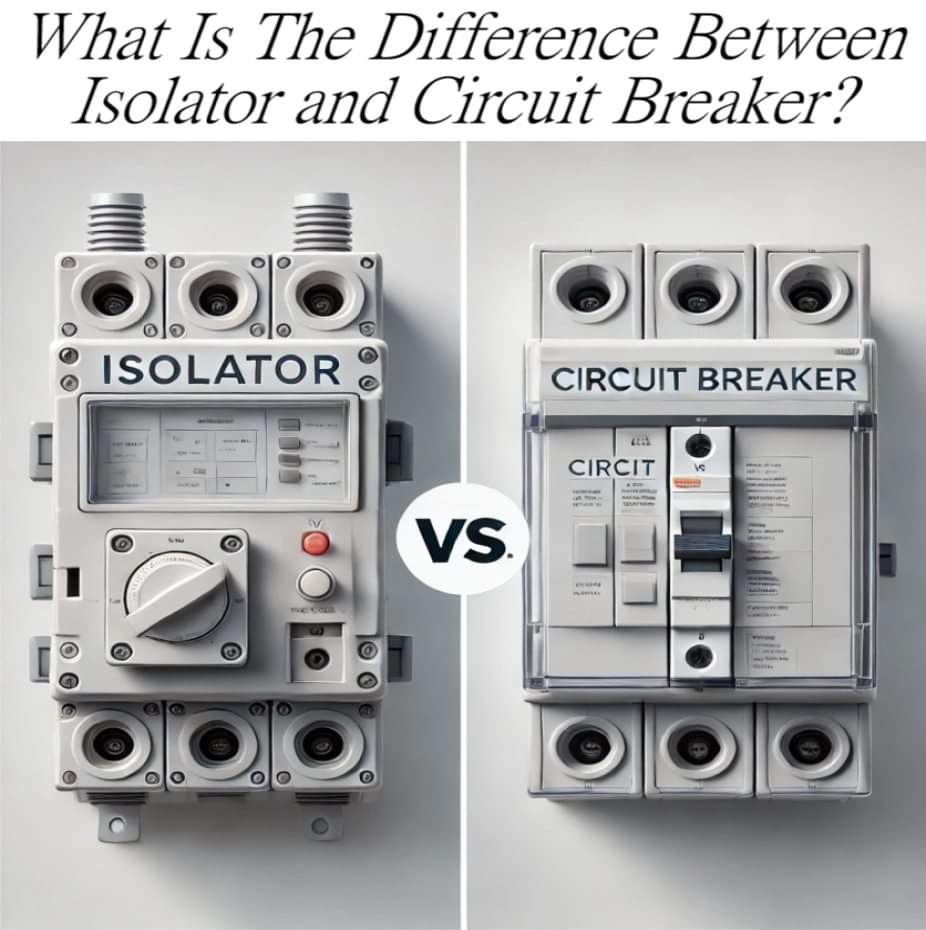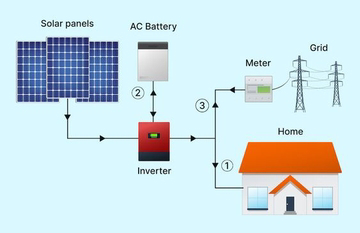1. Input Signal:
- The audio input signal is connected to the "Audio in" terminal, which is then fed into the TDA2030 amplifier chip.
2. Power Supply:
- The circuit is powered by a 12VDC power source, which is connected to the positive and negative terminals of the TDA2030.
3. Feedback and Biasing:
- The 10K resistor and 100 Ohm resistor form a feedback network that sets the gain and biasing for the TDA2030 amplifier.
- The 10uF capacitor provides decoupling and stabilization for the power supply.
4. Speaker Connection:
- The output of the TDA2030 is connected to a speaker, which is the final load for the amplifier.
5. Tip 3055 Transistors:
- The two Tip 3055 transistors are used as output devices to handle the high current required to drive the speaker.
- They are connected in a push-pull configuration to amplify the signal from the TDA2030 and deliver the necessary power to the speaker.
The working principle is as follows:
- The audio input signal is amplified by the TDA2030 integrated circuit.
- The feedback network sets the gain and biasing for the amplifier.
- The Tip 3055 transistors act as the output stage, providing the necessary power to drive the connected speaker.
- The entire circuit is powered by the 12VDC power source, which supplies the required voltage and current for the operation of the amplifier.
This is a basic yet effective audio amplifier circuit that can be used in various audio applications, such as speakers, headphones, or other audio equipment, where a 10-watt output power is required.











